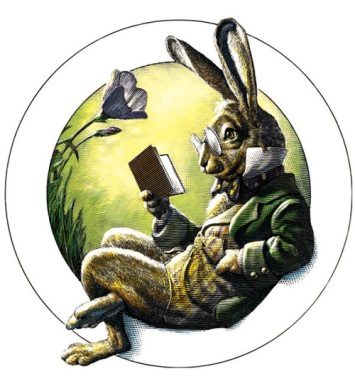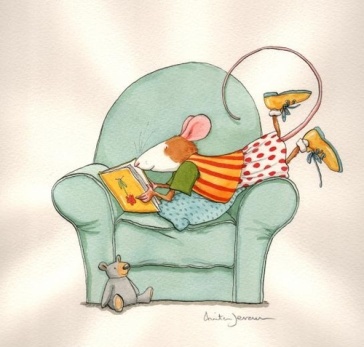
Gabriela Mistral 1889-1957
The other day I started going through my poetry books looking for The Selected Poems of Gabriela Mistral, translated by Mistral’s longtime friend, Doris Dana. I couldn’t find it – not unusual in my house, where my organizational skills often fail me. I’m like Sisyphus rolling that rock up the mountain-side. Neither he nor I ever make it to the top.
I needed that book for an essay I’m writing for Numero Cinq magazine, so I ran over to the University of Washington graduate library to see if they had it. Luckily, I found an even better translation of Mistral’s work by the wonderful writer Ursula LeGuin, whose book about writing (Steering the Craft) I’ve recommended to so many of my students. LeGuin, of course is the author of the wonderful Earthsea books for children – I had no idea she also translated work. As it turns out, she translates beautifully, capturing all the rhythms and music of the original Spanish. The combination of Mistral’s work and LeGuin’s translations gives me everything I look for in poetry – beautiful sound, a certain strangeness to the images, an obvious passion and quiet intelligence.

Definitely check out Selected Poems of Gabriela Mistral, translated by LeGuin – it contains many of the children’s poems I mentioned (called lullabies, Tell-a-World poems, “Trickeries,” and “round dances”) as well as a good selection of Mistral’s most famous poems for adults, and an introduction that explains LeGuin’s approach to translating from the Spanish.
LA RATA
Una rata corrió a un venado
y los venados al jaguar,
y los jaguares a los búfalos,
y los búfalos a la mar…
Pillen, pillen a los que se van!
Pillen a la rata, pillen al venado,
pillen a los búfalos y a la mar!
Miren que la rata de la delantera
se lleva en las patas lana de bordar,
y con la lana bordo mi vestido
y con el vestido me voy a casar.
Suban y pasen la llanada,
corran sin aliento, sigan sin parar,
vuelan por la novia, y por el cortejo,
y por la carroza y el velo nupcial.
THE RAT
A rat ran after a deer,
deer ran after a jaguar,
jaguars chased buffalo,
and the buffalo chased the sea…
Catch the ones who chase and flee!
Catch the rat, catch the deer,
catch the buffalo and the sea!
Look, look at the rat in front,
in its paws is a woolen thread,
with that thread I sew my gown,
in that gown I will be wed.
Climb up and run, breathless run,
ceaseless chase across the plain
after the carriage, the flying veil,
after the bride and the bridal train!

Gabriela Mistral – First Communion
***
DAME LA MANO
A Tasso de Silveira
Dame la mano y danzaremos;
dame la mano y me amarás.
Como una sola flor seremos,
como una flor, y nada más.
El mismo verso cantaremos,
al mismo paso bailarás.
Como una espiga ondularemos,
como una espiga, y nada mas.
Te llamas Rosa y yo Esperanza;
pero tu nombre olvidarás,
porque seremos una danza
en la colina, y nada mas.
GIVE ME YOUR HAND
For Tasso de Silveira
Give me your hand and give me your love,
give me your hand and dance with me.
A single flower, and nothing more,
a single flower is all we’ll be.
Keeping time in the dance together,
singing the tune together with me,
grass in the wind, and nothing more,
grass in the wind is all we’ll be.
I’m called Hope and you’re called Rose;
but losing our names we’ll both go free,
a dance on the hills, and nothing more,
a dance on the hills is all we’ll be.
If you don’t know anything about Gabriela Mistral, here are the basics: She was born in a small farming village in Chile in 1889, and she won the Chilean National Poetry Prize with her first book when she was just 25. Her second book – Ternura [Tenderness] – contains the wonderful poems for children. Mistral left Chile after the publication of Ternura and never returned to live there, though she represented Chile as a consul in many countries of the world. She was the first South American to win the Nobel Prize (in 1945), and she remains the only South American woman to have done so. She was an educator, a social activist, a diplomat and a poet. She died in New York in 1957. Hundred s of thousands of people turned out for her funeral in Chile, and the Chilean government declared three days of mourning in her honor. You can read a wonderful essay about her at The Poetry Foundation website.

































